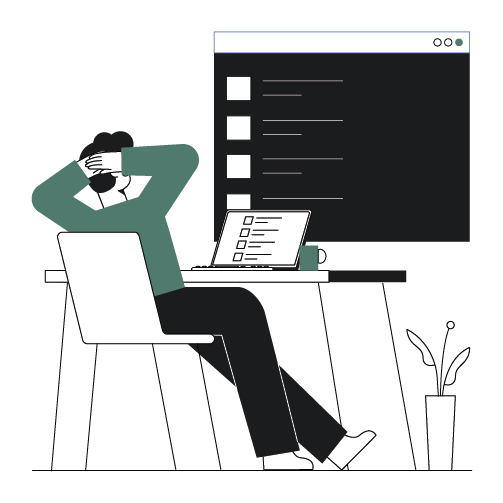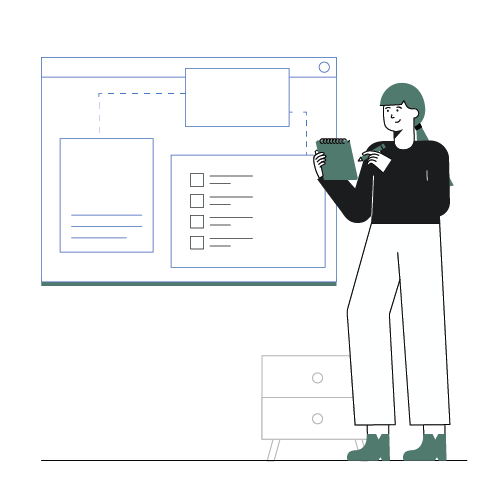Now Reading: How the Editor Helps Your Team Work Together
-
01
How the Editor Helps Your Team Work Together
How the Editor Helps Your Team Work Together
Writing great user stories is a vital first step, but a story’s true value is realized when it becomes a shared, living document for your team. Our editor is designed to act as a central hub for all your product development efforts, ensuring that everyone, from product managers to developers and designers, stays perfectly aligned. This collaboration is crucial for avoiding miscommunications and building a product that meets your user’s needs.
A Shared Understanding, Instantly
When you create a user story, you’re establishing a shared source of truth. The structured format of the Card, the history in the Conversation, and the guidelines in the Confirmation provide a complete picture of the user’s need. This allows developers and designers to quickly understand requirements, which saves time and reduces back-and-forth communication.

Streamlined Feedback and Revisions
Collaboration is about making changes together. Our editor makes it easy to get feedback from others through the Conversation section, where team members can ask questions or suggest changes. All feedback is stored in one place, so the final story is a result of collective input, making the team feel more invested in the project.
Building a Stronger Team
At its core, our editor is a tool for building better teams. By giving everyone a shared, accessible, and easy-to-understand view of the work, you encourage open communication and collective ownership. When every team member can see how their work connects to a larger goal and how they are contributing to the team’s success, it builds trust and a stronger sense of purpose. This shared understanding and focus on clarity helps you move from simply working together to truly collaborating.
The Role of Designers and QAs
The collaborative benefits extend beyond the product and development teams. Designers can easily see the core user problem and the acceptance criteria, allowing them to create a user interface that truly addresses the need. Testers (QAs) can use the clear rules in the “Confirmation” section as their test cases, ensuring that they are testing against the intended functionality and not a misinterpretation of the requirements. This shared document eliminates the need for separate handoff meetings and endless email chains, allowing everyone to work from the same playbook.

Visualizing Progress and Dependencies
Our editor also helps your team visualize the overall progress of a project. By linking related user stories, you can easily see dependencies and potential roadblocks. A product manager can quickly identify which stories need to be completed before others can begin, allowing them to prioritize work more effectively. This visual representation helps the entire team understand the project’s architecture and how their individual tasks contribute to the overall timeline, preventing bottlenecks and keeping the project on track.
Fostering a Culture of Transparency
Acceptance criteria are the key to a shared understanding of what “done” means. A story isn’t finished just because the code is written; it’s Ultimately, using a tool like our editor helps to build a culture of transparency and trust. When all information is available in one central, accessible location, there is no room for hidden agendas or misunderstandings. Everyone on the team has the same access to the same information, which builds confidence and mutual respect. This shared transparency ensures that all decisions are made with the full context of the project, leading to better outcomes and a more unified, effective team.

